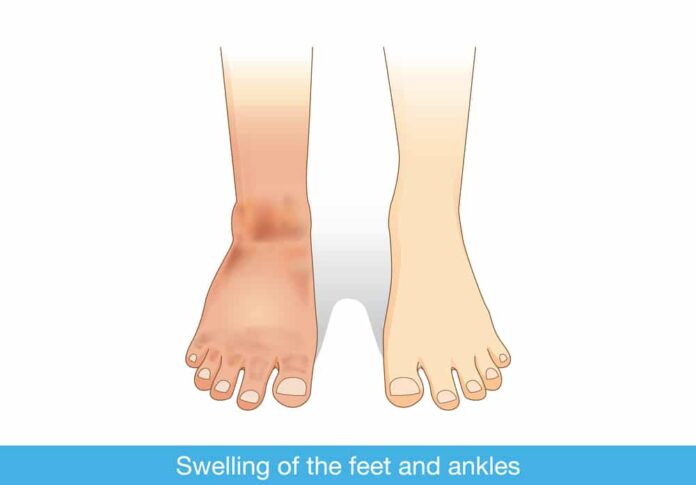Overview Of Lymphedema
Lymphatic obstruction is a blockage of the lymph vessels that drain fluid from tissues throughout the body and allow immune cells to travel where they are needed. Lymphatic obstruction may cause lymphedema, which means swelling due to a blockage of the lymph passages.
Causes Of Lymphedema
The most common reason for lymphatic obstruction is the removal or enlargement of the lymph nodes.
Other causes of lymphatic obstruction include:
- Infections with parasites, such as filariasis
- Injury
- Radiation therapy
- Skin infections, such as cellulitis (more common in obese people)
- Surgery
- Tumors
- A common cause of lymphedema is the removal of the breast (mastectomy) and underarm lymph tissue for breast cancer treatment. This causes lymphedema of the arm in some people because the lymphatic drainage of the arm passes through the armpit (axilla).
- Rare forms of lymphedema that are present from birth (congenital) may result from problems in the development of the lymphatic vessels.
Symptoms
The main symptom of lymphedema is persistent (chronic) swelling, usually of the arm or leg.
Exams & Tests
The health care provider will perform a physical exam and ask about your medical history. This will include questions about how much the swelling improves with elevation and how firm the tissues are.
The following tests may be done:
- CT or MRI scan
- Imaging tests to check the lymph nodes and lymph drainage (lymphangiography and lymphoscintigraphy)
Treatment Of Lymphedema
Treatment for lymphedema includes:
- Compression (usually with wrapping in bandages or stockings)
- Manual lymph drainage (MLD)
- Range of motion or resistance exercises
- Manual lymph drainage is a light massage therapy technique. During the massage, the skin is moved in certain directions based on the structure of the lymphatic system. This helps the lymph fluid drain through the proper channels.
Treatment also includes skincare to prevent injuries, infection, and skin breakdown. Light exercise and movement programs may also be prescribed. Wearing compression garments on the affected area or using a pneumatic compression pump may be helpful. Your provider and physical therapist will decide which compression methods are best.
Surgery is used in some cases, but it has limited success. The surgeon must have a lot of experience with this type of procedure. You will still need physical therapy after surgery to reduce lymphedema.
Types of surgery include:
- Liposuction
- Removal of abnormal lymphatic tissue
- Transplant of normal lymphatic tissues to areas with abnormal lymphatic drainage (less common)
- In rare cases, surgery to bypass abnormal lymph tissue using vein grafts is done. These procedures are most effective for early lymphedema and should be performed by an experienced surgeon.



